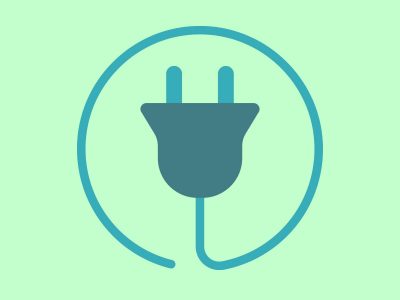Every time there’s a crypto boom, mainstream media likes to look for new countries to compare Bitcoin’s energy usage to — during the 2017-2018 boom, it was Ireland, and this time around, it’s Norway.
Here’s why this isn’t a problem for Bitcoin and cryptocurrency in general.
First, we’ll need to establish some definitions. Bitcoin uses a Proof-of-Work mechanism for miners to mine Bitcoin. Basically, miners must have the computing power required to solve complex computations to mine Bitcoin.
To power the computers, Bitcoin miners need electricity. Obviously, when this electricity usage is rivaling that of an entire Scandinavian country, the United Arab Emirates or Argentina, this can be a problem.
However, there are several aspects that mainstream media either willfully ignore or are simply clueless about.
Bixen, a major Chinese firm in the Bitcoin mining business, recently did an interview with Bitcoin.com where they outlined some of these factors.

As a miner, Bixen’s primary goal is to use the cheapest electricity possible. It just so happens that in the region where a majority of their winter mining happens — Xinjiang — 43.4% of the energy in the electricity grid is renewable. The Xinjiang region is also looking to increase the amount of renewable energy on their grid in the coming years.
Bitcoin mining on the Xinjiang network makes up only 1% of the total energy consumption of the Xinjiang energy network, which is a large enough system to sustain a significant portion of China and Inner Mongolia.
Whether intentional or not, Bitcoin miners are using a lot of renewable energy.
Seventy-three percent of Bitcoin miners use some renewable energy as part of their power supply, according to a 2019 CoinShares report. This includes hydropower from China’s massive dams.
For our second definition, we’ll be looking at Proof-of-Stake systems. The second highest market cap cryptocurrency ecosystem, Ethereum, will be based entirely on PoS starting April. Under a PoS system, miners no longer compete for more computational power and therefore more energy usage.
PoS incentivizes miners to make fewer transactions by basing mining capabilities off holding reserves of crypto. The more Ethereum you’re holding, the better your mining capability, as opposed to Bitcoin, where computing power is most important in determining mining capabilities.

Vitalik Buterin — a Russian Canadian computer scientist who created Ethereum — laid out his plan for the shift to PoS and computed that Ethereum would use 99% less energy than it is currently using.
This will most likely hold true. Looking at Cardano, a smaller crypto ecosystem that is already running PoS, shows what we can expect from Ethereum and all other crypto PoS ecosystems. A rough analysis of Cardano’s energy usage shows that it is around 37,500 times more efficient than Bitcoin.
When the second largest cryptocurrency ecosystem and smaller, up-and-coming ecosystems are utilising Proof-of-Stake systems instead of Proof-of-Work systems, crypto’s energy usage is a lot smaller of a problem.
With Bitcoin, the only major PoW system, and a majority of their miners using renewable energy, the energy involved in crypto is even less significant.
The people who argue against Bitcoin sound like they would’ve argued against automobiles or other modern technology.
There’s honestly no better way to describe them — the future is now, old man.














